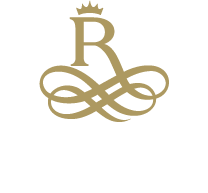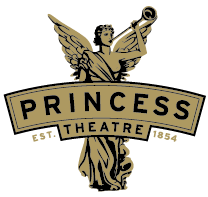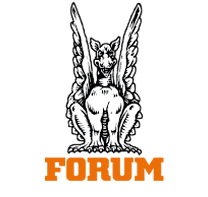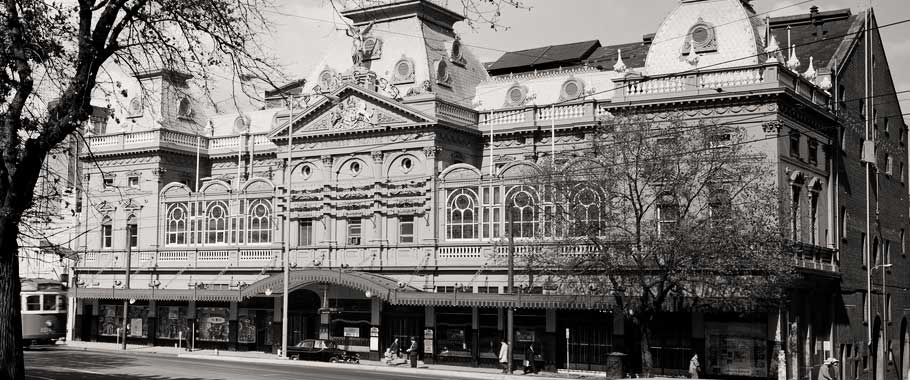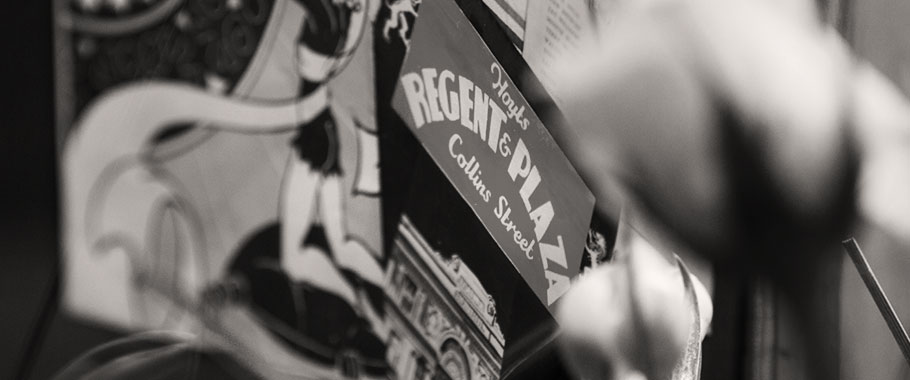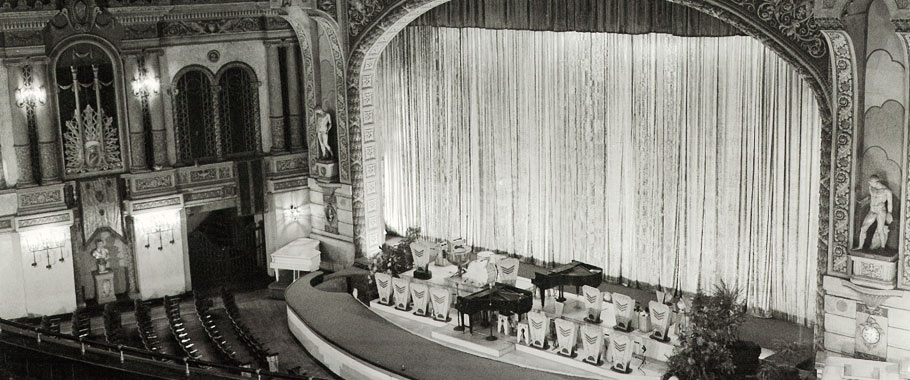Theatre Venues - History
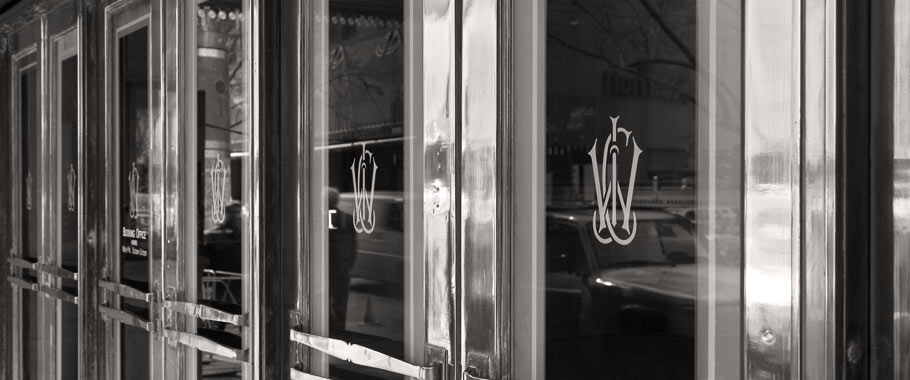
Comedy Theatre
240 Exhibition Street
Melbourne, 3000
Comedy Theatre LINKS
Comedy Theatre current informationThe Comedy Theatre is one of the city’s most unique theatres, dating from Melbourne’s theatrical boom in the late 1920’s.
The first recorded use of the site on the corner of Lonsdale and Stephen (later to become Exhibition) Streets was Rowe’s American Circus in 1852, which flourished in Melbourne’s gold-rush fuelled prosperity. It was soon purchased by theatrical entrepreneur George Coppin as the location for his first Melbourne theatre, the Olympic.
Known locally as the “Iron Pot”, the Olympic was actually a prefabricated cast iron building, manufactured in Manchester, England, and shipped to Australia. The first show was in June 1855, and a conjurer was the main attraction. The Olympic lasted only five years as a theatre, not helped by the nearby Theatre Royal in Bourke Street opening just one week beforehand, which proved to be more central and cooler in summer.
Following its closure, the site was used for a variety of purposes – initially as Melbourne’s first Turkish baths, then following a fire in 1866, as a warehouse. In the 1880’s, it was again used a circus site, as well as the headquarters for ‘King’ Cole, producer of ‘blood-and-thunder’, lowbrow melodrama.
In 1913, JC Williamsons, one of the largest theatrical companies in the world, purchased the site, having already been based at Her Majesty’s Theatre across the road for some 13 years. The space was initially used as short-lived film studio, and a scenery dock for Her Majesty’s.
By the mid-1920’s, JC Williamsons had long been aware that developments in theatre entertainment meant a particular style of play required a certain type of venue, and decided to fulfil their desire to own and operate a more ‘intimate’ theatre by constructing the Comedy Theatre on the site.
The Comedy opened on 28 April 1928 with the premiere the play Our Betters, and featured the London star Margaret Bannerman – brought out to Australia especially for the opening. It also became the headquarters for the JC Williamson empire, occupying three levels of offices behind the façade.
The theatre was the first in Australia to dispense with the popular gallery and combine the dress circle and upper circle into the one tier. Its exterior façade, complete with small wrought-iron balconies, is a replica of a Florentine palace, was greatly admired and unique to the theatre in Australia. The interior design was known at the time as Spanish-Renaissance, and much use was made of gilt to relieve the otherwise sombre colouring.
The Comedy went on to feature such actors as Nellie Stewart, Ethel Morrison, Frank Harvey, Googie Withers and John McCallum, in plays by Noël Coward and JM Barrie, Ray Lawler’s Summer of the Seventeenth Doll and Tennessee William’s A Streetcar Named Desire in the 1950’s.
Even following the closure of JC Williamsons in 1978, the Comedy continued staging shows, including the hit Nunsense in 1987.
In 1996, the theatre was purchased by David Marriner, becoming the fourth theatre in the Marriner Group. It has since staged a diverse set of entertainment, including stand-up and musical comedy – now a venue of choice during the Melbourne International Comedy Festival – as well as productions like Waiting for Godot featuring Sir Ian McKellen, Calendar Girls, and the acclaimed Rock of Ages.
The Comedy Theatre was classified by the Victorian Heritage Register in 2011.

